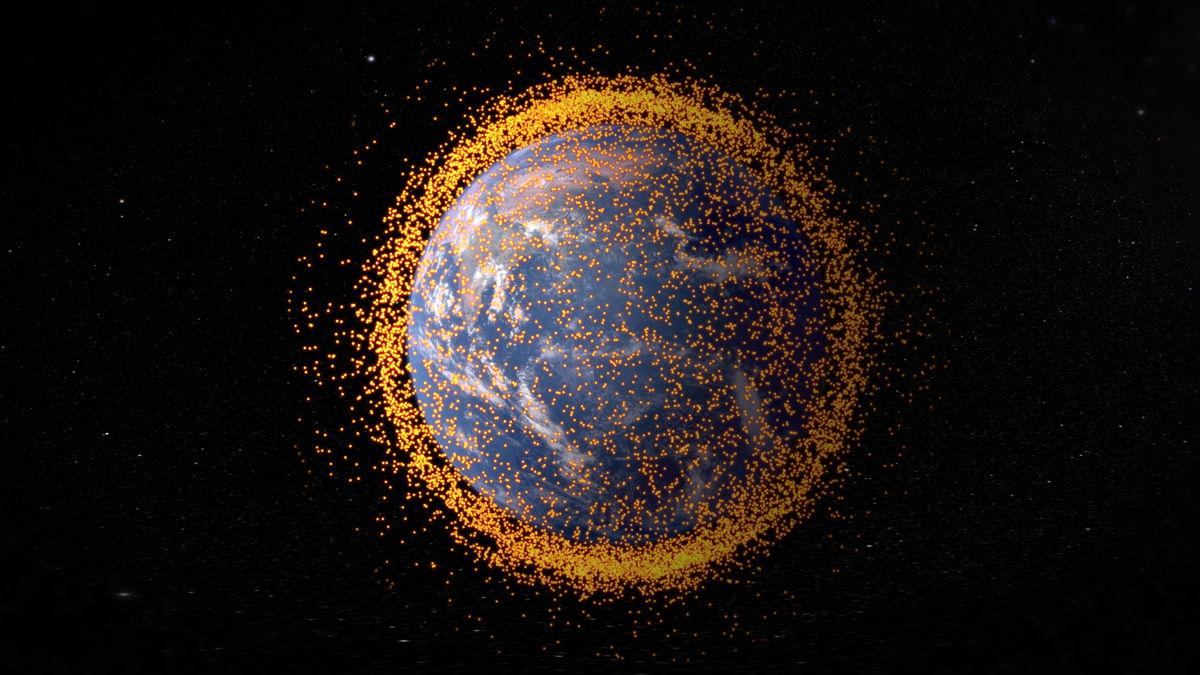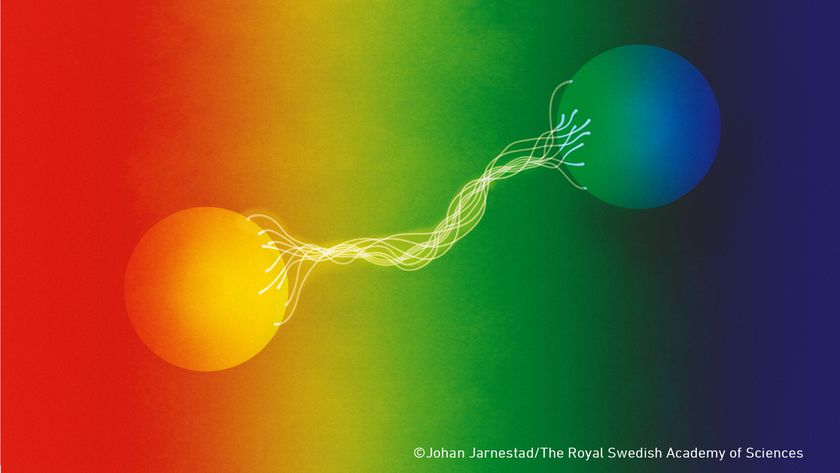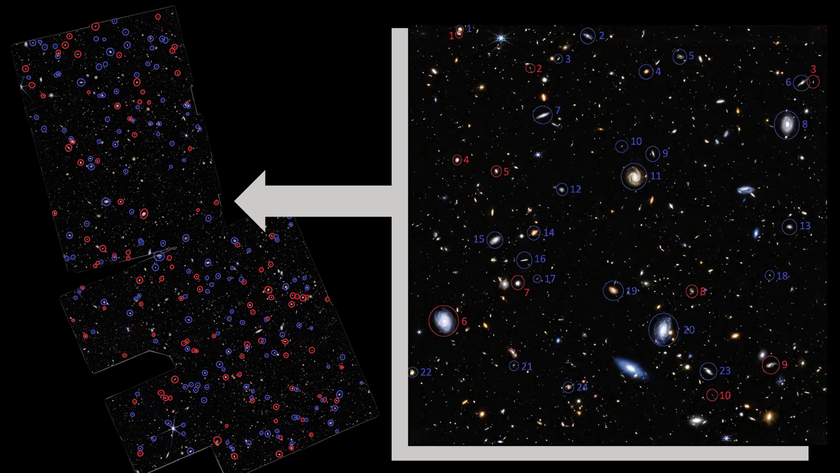Japan to Test Space Junk Cleanup Tether Soon: Report

Japanese scientists are getting ready to launch a test of a space junk-cleaning tether, according to press reports.
Japan Aerospace Exploration Agency (JAXA) researchers are developing an electrodynamic tether designed to generate electricity that will slow down space-based debris, according to a report from Agence France Presse.
The slowed-down space junk will fall into lower and lower orbits until burning up harmlessly in Earth's atmosphere. [Photos: Space Debris Images & Clean Up]
Scientists are planning to launch a satellite that will test part of the system on Feb. 28. "We have two main objectives in the trial next month," Masahiro Nohmi, associate professor at Kagawa University, who is working with JAXA on the project, told the AFP. "First, to extend a 300-metre (1,000-foot) tether in orbit and secondly to observe the transfer of electricity."
"The experiment is specifically designed to contribute to developing a space debris cleaning method," Nohmi said.
The scientists aren't planning on capturing any orbital debris during February's test launch. However, that could be the goal of a future test. AFP also reports that JAXA may launch a tether test sometime in 2015.
Upper stages of launch vehicles, defunct satellites, flecks of paint and other pieces of fast-moving space junk can all threaten active spacecraft. In 1996, a French satellite was damaged by debris from a rocket that exploded 10 years earlier, and a 2007 anti-satellite test launched by China introduced more than 3,000 pieces of debris to space, according to NASA.
Get the Space.com Newsletter
Breaking space news, the latest updates on rocket launches, skywatching events and more!
As of Sept. 2013, NASA officials estimate there are more than 500,000 pieces of debris the size of a marble or larger orbiting Earth. More than 20,000 pieces of space junk are larger than a softball, but there are millions more that are too small to track, NASA officials have said.
Aside from the tether idea, scientists have also come up with other methods for cleaning up space. CleanSpace One is a spacecraft developed by the company Swiss Space Systems and is designed to grapple satellites and plunge them both into Earth's atmosphere. The robotic Phoenix spacecraft would scavenge parts off derelict satellites to use in new space operations on orbit.
Follow Miriam Kramer @mirikramer and Google+. Follow us @Spacedotcom, Facebook and Google+. Original article on SPACE.com.
Join our Space Forums to keep talking space on the latest missions, night sky and more! And if you have a news tip, correction or comment, let us know at: community@space.com.

Miriam Kramer joined Space.com as a Staff Writer in December 2012. Since then, she has floated in weightlessness on a zero-gravity flight, felt the pull of 4-Gs in a trainer aircraft and watched rockets soar into space from Florida and Virginia. She also served as Space.com's lead space entertainment reporter, and enjoys all aspects of space news, astronomy and commercial spaceflight. Miriam has also presented space stories during live interviews with Fox News and other TV and radio outlets. She originally hails from Knoxville, Tennessee where she and her family would take trips to dark spots on the outskirts of town to watch meteor showers every year. She loves to travel and one day hopes to see the northern lights in person. Miriam is currently a space reporter with Axios, writing the Axios Space newsletter. You can follow Miriam on Twitter.










